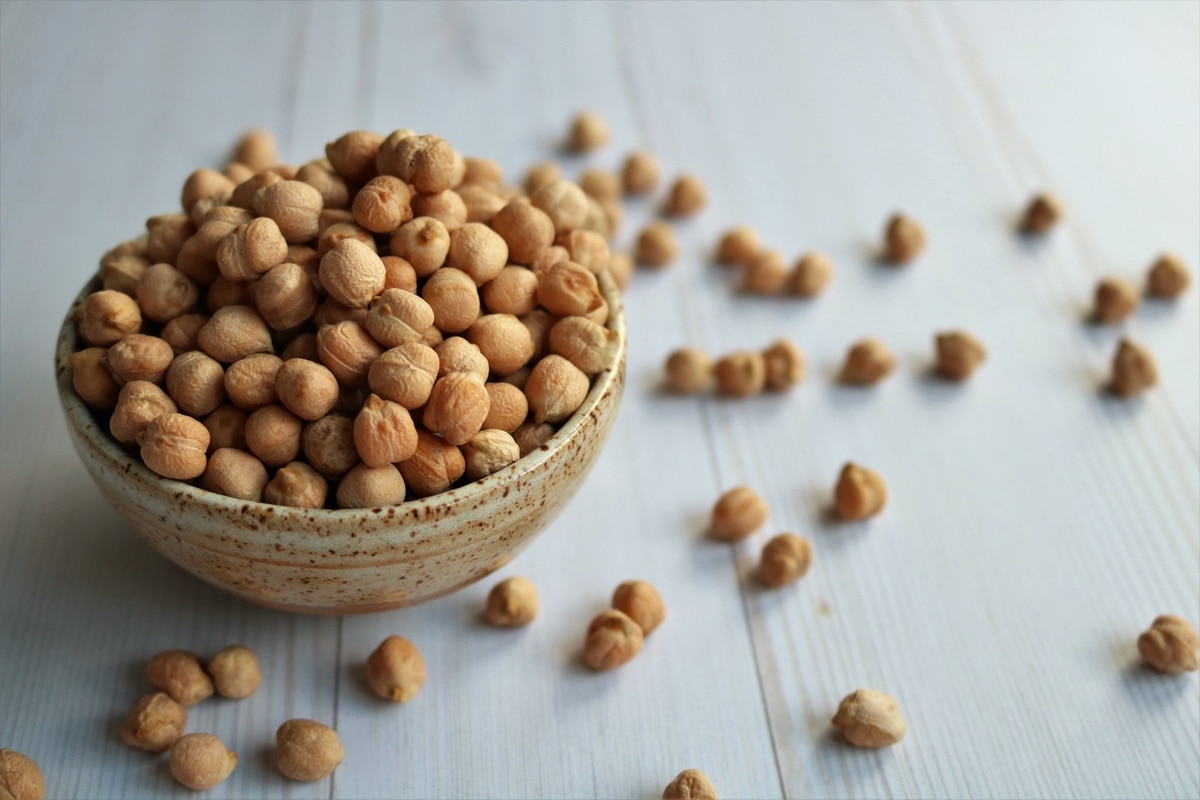
Have you ever eaten a generous serving of beans and then wished you hadn't because of the embarrassing sounds and smells that followed? Here's what you need to know about the most and least gassy legumes and whether canned ones can help with gas prevention.
Beans and legumes are a vital part of the Mediterranean diet, which protects against heart disease, dementia, cancer, and other chronic diseases. The problem is that digesting its sugars often creates a fragrant musical byproduct: gas or flatulence. However, it is interesting to know why this happens and how to prevent gastrointestinal problems.
Legumes with more and less gases
Also known as flatulence, or flatus, gas is the air in your intestine that you pass from the bottom. It is normal for gas to be produced in the intestines when the body digests food. Although many people think that they produce a large amount of gas, in fact it is normal for people to generate gas approximately 20 times a day.
Some foods are more likely to give you gas than others. An April 2016 study, published in the Iranian Red Crescent Medical Journal, lists beans, lentils, fried and greasy foods, acidic and spicy foods, coffee, tea, cocoa, ice, and cold drinks as some of the foods that are likely to give you a lot of gas
Among legumes, experts say it's more likely that black, white, red and pinto beans give gas Black-eyed beans, on the other hand, are among the least gassy beans. People vary in their response to different legumes. So if one type of legume gives us problems, we can switch to another type to see if it gives us less gas.
Why do they cause gas?
Wondering about the connection between beans and flatulence? Two specific nutrients in beans can cause gas.
rich in fiber
The first is fiber. Legumes are a rich source of fiber; in, just half a cup you have 6 to 8 grams of fiber. Fiber is an indigestible component of plant-based foods, so it passes through your digestive system intact. If you've recently increased your fiber intake, your body may be struggling to cope. However, if you start eating beans regularly, your digestive system will adjust eventually and eating beans won't give you as much gas.
Beans are high in dietary fiber, a plant compound that resists digestion as it moves through the digestive tract. They are particularly rich in fiber soluble, a type of fiber that absorbs water in the digestive tract to form a thick, gel-like texture.
Soluble fiber is associated with a long list of health benefits, including better digestive regularity and blood sugar control, lower LDL (bad) cholesterol levels, and better heart health. However, increasing your fiber intake too quickly can also cause negative side effects, such as gas and bloating.
Once dietary fiber reaches the colon, it is fermented by the beneficial bacteria that live there. Gas is a byproduct of that fermentation. Eating large amounts of fiber can also cause other adverse symptoms, such as diarrhea, stomach pain, and abdominal discomfort.
Rich in raffinose
They also contain carbohydrates Although eating protein and fat doesn't necessarily cause gas, eating carbs does because bacteria in the gut act on the carbs and ferment them. The carbohydrate content in beans can also exacerbate irritable bowel syndrome.
Legumes also contain a compound called raffinose. It is a type of indigestible carbohydrate that is also found in foods like cabbage, broccoli, and Brussels sprouts. Due to the lack of an enzyme called alpha-galactosidase in the human digestive tract, raffinose is generally poorly digested.
Therefore, raffinose can pass through the stomach and small intestine undigested and enter the large intestine, where it is fermented by intestinal bacteria. This results in the production of gases, including methane, hydrogen, and carbon dioxide, which cause flatulence and bloating.

Canned legumes for gas prevention
You shouldn't cut out legumes just because they cause gas, as beans are loaded with nutrients like fiber, protein, iron, potassium, magnesium and B vitamins. Its low fat and they can also help reduce the risk of diseases like cancer, high blood pressure, and heart disease.
There are a couple of tricks you can try to help make your beans less gassy. For example, you can opt for those in a can for the prevention of gases; The canning process helps break down some of the carbohydrates, making them easier to digest and less likely to cause gas.
Another trick is soak them in water before cooking or after boiling, to help eliminate some of the gas-producing carbohydrates. It is advisable to leave them soaked overnight in plenty of water. You can even change the water several times to help further reduce the carbohydrate content.
How to prevent gas
There are several methods you can use to reduce gas and discomfort caused by legumes.
For example, some studies show that soaking and cooking legumes before eating them can significantly lower the raffinose content and help prevent gas production in the colon and subsequent flatulence.
Additionally, several over-the-counter products contain digestive enzymes such as alpha-galactosidase to help ease the digestion of beans and other legumes. Several studies have found that these products can decrease gas caused by eating foods rich in raffinose, such as beans.
Also, slowly increasing your intake of high-fiber foods and drinking plenty of water to stay hydrated can help your body adjust and alleviate side effects like gas and bloating.